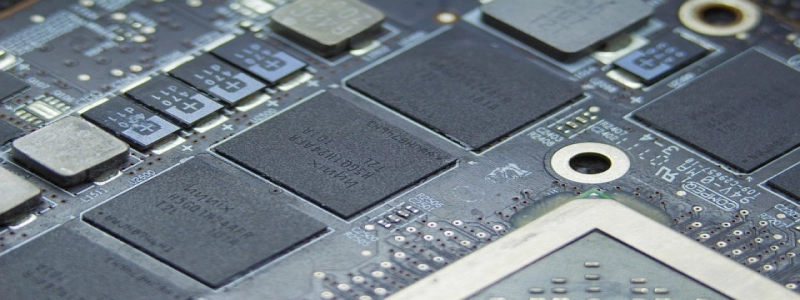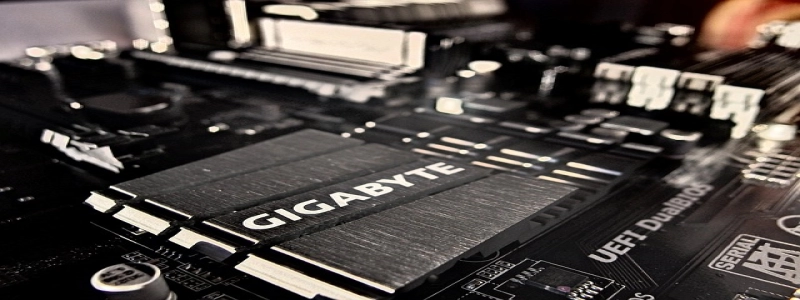Switched Ethernet vs Dedicated Ethernet
Introduction:
Ethernet is a widely used technology for local area networks (LANs). It allows devices to connect and communicate with each other over a network. In the world of Ethernet, there are two important terms – switched Ethernet and dedicated Ethernet. In this article, we will explore the differences between these two types of Ethernet and understand their advantages and disadvantages.
I. Switched Ethernet:
Switched Ethernet is a type of Ethernet network where each device is connected to a switch. The switch acts as a central hub and controls the communication between devices. When a device sends a message, it is received by the switch and then forwarded to the intended recipient. This allows for efficient communication as the switch can direct the message only to the necessary devices.
Advantages of Switched Ethernet:
1. Improved Performance: Switched Ethernet offers better performance compared to other network configurations. Since the switch only sends messages to the intended devices, there is minimal network congestion, leading to faster communication.
2. Enhanced Security: Switched Ethernet provides enhanced security as it isolates each device on the network. This means that devices can communicate securely without the risk of unauthorized access or data interception.
Disadvantages of Switched Ethernet:
1. Cost: Implementing a switched Ethernet network can be more expensive compared to other Ethernet configurations. This is because each device requires a separate connection to the switch, increasing the overall cost.
2. Complexity: Setting up and managing a switched Ethernet network can be complex. It requires knowledge of network configurations and proper maintenance to ensure optimal performance.
II. Dedicated Ethernet:
Dedicated Ethernet, also known as point-to-point Ethernet, is a type of Ethernet network where each device is directly connected to another device. In this configuration, there is no central switch involved. Instead, devices are connected using dedicated Ethernet cables, providing a direct and private connection.
Advantages of Dedicated Ethernet:
1. High Speed: Dedicated Ethernet offers high-speed communication as there is no need for message routing through a centralized switch. Each device can directly communicate with one another, resulting in faster data transfer.
2. Simplified Configuration: Setting up a dedicated Ethernet network is relatively simpler compared to a switched Ethernet network. There are no switches to configure, making it easier to manage and troubleshoot.
Disadvantages of Dedicated Ethernet:
1. Limited Scalability: Unlike switched Ethernet, dedicated Ethernet has limited scalability. Each device requires a separate connection, which can quickly become impractical in larger networks with numerous devices. It may require a significant amount of cabling and can lead to a cluttered environment.
2. Limited Security: Dedicated Ethernet does not offer the same level of security as switched Ethernet. Since devices are directly connected, there is a higher risk of unauthorized access or data interception.
Conclusion:
Switched Ethernet and dedicated Ethernet are two important configurations in the world of Ethernet networking. While switched Ethernet offers improved performance and enhanced security, it comes with a higher cost and complexity. On the other hand, dedicated Ethernet provides high-speed communication and simplified configuration but has limited scalability and security. The choice between these two types of Ethernet depends on the specific requirements and limitations of the network.








